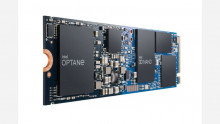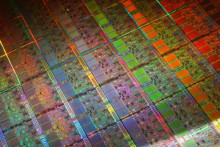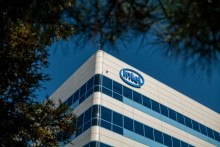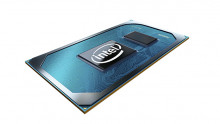Intel leaks show next-gen desktop CPUs with hybrid “big.little” design
It looks like big.little CPU design—an architecture that includes both fast, power-hungry cores and slower, more power-efficient cores—is here to stay in the x86_64 world, according to unverified insider information leaked by wccftech and AdoredTV.
At Intel's 2021 Architecture day, the company confirmed that its upcoming Alder Lake (12th generation) processors will use a mixture of performance and efficiency cores. This brings the company's discontinued 2020 Lakefield design concept firmly into the mainstream.











































































